The costs system is under unprecedented scrutiny. Neil Rose examines the key pressure points and why the appointment of a senior judge to review the process is welcome.The Civil Procedure Rule Committee held its annual open meeting earlier this month. Those who had successfully applied to sit in the audience were given the opportunity to submit questions – and it was telling that half of them related to costs.
Ten years into the Civil Procedure Rules (CPR), costs remain their Achilles’ heel, with courts regularly expressing dismay at the bills before them.
Countless issues are up for debate. Here are five for starters: guideline hourly rates, presently subject to consultation by the Ministry of Justice’s (MoJ) relatively new ad hoc advisory committee on costs; the growth of third-party litigation funding; the extension of fixed fees should the government finally make public its conclusions following the April 2007 consultation on the claims process; the stability of the after-the-event (ATE) insurance market; and costs capping, with the rule committee set to consult later this year on the powers judges should have.
So, many will welcome the plan by the Master of the Rolls, Sir Anthony Clarke, to appoint a senior judge to take a broad look at all aspects of the system, including the cost-shifting rule, proportionality, fixed costs and contingency fees. He is clearly exasperated by the amount of satellite litigation around costs.
At the same time, there is concern that an appeal court judge will be chosen – unless it is Lawrence Collins, the only solicitor Lord Justice, their knowledge of costs will not be great.
Fraser Whitehead, the head of parliamentary and legal affairs at national firm Russell Jones & Walker and the solicitor representative on the MoJ’s committee, says: ‘It’s clear that judges are very uncomfortable dealing with costs, so it begs the question of whether someone else should be looking at these issues.’
He adds that the judicial perspective is necessarily limited to what is exposed in the trial process, when it is the frontloading of costs in cases that never see court that needs close examination.
Whitehead also agrees with David Greene, president of the London Solicitors Litigation Association, that a review of the costs system cannot be done in isolation from the CPR. ‘Aspects of the CPR are adding significantly to the costs of processing legal cases,’ he says, pointing to the provisions on discovery and expert reports as examples. ‘Any review has to focus on the causes of costs and not just the amounts.’
It is a view shared by solicitor Brett Dixon, a consultant at C2G (short for Cradle to Grave), the specialist costs offshoot of Warwickshire-based law firm Smith Jones and also secretary to the Association of Personal Injury Lawyers’ costs group. ‘I don’t think there’s enough information about what’s happening at district judge level,’ he says.
Attitudes vary greatly between courts. In Manchester, new standard directions require parties to meet before the court will list a date for the detailed assessment. ‘The judges seem to have taken the view that they’ll try and focus people’s minds, but often it is having a hearing date that does that,’ he says.
Contingency fees are one of the profession’s great debating points, but the fact is that they are only a relatively short step from the conditional fee agreements embraced by, some would say, forced upon lawyers since 1995. Some argue that it is fairer to relate fees to what lawyers recover, rather than the work they put in.
Though the government has consistently shied away from contingency fees, the Civil Justice Council argues that they may be required in the event that current funding methods fail, a view shared by Clarke. The council has commissioned the Senior Costs Judge, Peter Hurst, and Professor Richard Moorhead of Cardiff University to produce an independent account of how contingency fees work in the US, so that proper research is available if the debate needs to be had.
The growth of the costs industry is also reflected in the rise of dedicated law firms. There is a practice called Just Costs, for example – and the increased status of costs draftsmen. The Association of Law Costs Draftsmen is now able to award rights of audience to its fellows who have completed additional training. They may then go by the title of ‘costs lawyer’, receive instructions directly from the public, and from next year become partners in legal disciplinary practices.
The explosion in costs work was triggered by the government’s decision in 2000 to permit the recoverability of success fees and after-the-event premiums from the losing side – the ‘costs war’ tag used to describe the period since is undoubtedly accurate. It is no coincidence that the Centre for Effective Dispute Resolution has accredited just two costs mediators.
Ultimately, however, perhaps the problems of the costs system come back to the way in which costs are run up – that great survivor, the hourly rate. It is so much more appealing than ‘no win, no fee’– despite the lure of a success fee – but even the largest firms seem, very slowly, to be waking up to the need to offer clients other options – often as a more palatable ‘no win, some fee’.
This week, national firm Addleshaw Goddard committed itself to helping clients explore their funding options, including conditional fee agreements, ATE and third-party funding, under the brand Contro£. ‘The litigation landscape is changing dramatically in the UK, especially for clients who might have had a good case in the past, but ruled out making a claim because of uncertainty and potentially high costs,’ says head of litigation Simon Twigden.
‘By standing shoulder to shoulder with them, backing our judgement and sharing the risk, we’re demonstrating more commitment to clients than ever before.’ It is a commitment clients – and maybe the as-yet unnamed Lord Justice – have long been waiting for.
Neil Rose is editorial consultant to the Gazette



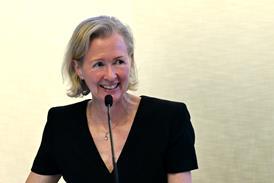



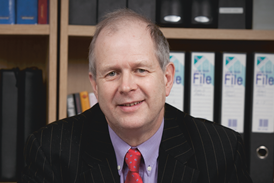
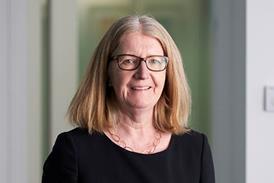
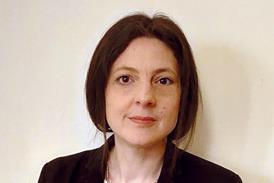




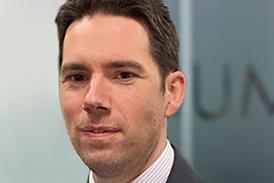


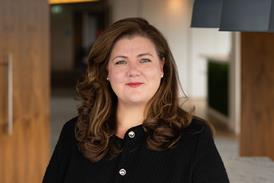


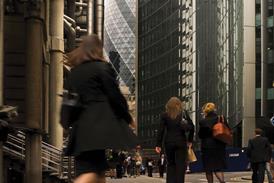






No comments yet